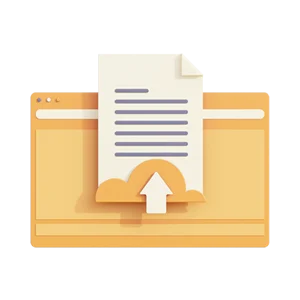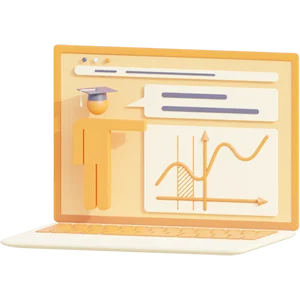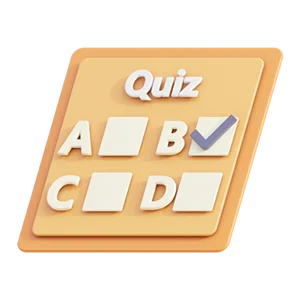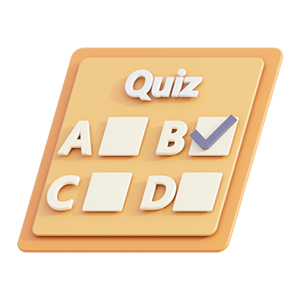Business Research Methods Summary
Includes all relevant chapters with pictures for the course Research Methodology for IB, weeks 1 to 7
Preview samenvatting (5 van de 40 pagina's)
Voordelen van Knoowy
€ 5,99
 Niet tevreden? Geld terug
Niet tevreden? Geld terug
 Document direct te downloaden
Document direct te downloaden
 € 0,50 korting bij betalen met saldo
€ 0,50 korting bij betalen met saldo
-
 Ontvang gratis oefenvragen bij document
Ontvang gratis oefenvragen bij document

Specificaties
- School: Rijksuniversiteit Groningen
- Opleiding: International Business
- Vaknaam: Research Methodology for IB
- Alle documenten voor dit vak ›
- Vakcode: EBP662C05
Boek
- Naam boek: Business Research Methods
- ISBN: 9780077157487
- Druk: 4th European version
Document
- Rubriek: Samenvattingen
- Bijgewerkt op: 29-10-2021
- Gemaakt op: 07-02-2021
- Type: .pdf
- Pagina's: 40
- Taal: English
Tags
Verkoper
Verdienen aan je samenvattingen?
Vakken van International Business - Rijksuniversiteit Groningen
Meer International Business ›comparative country studies cross-cultural management economics empirical research project empirical research project for ib ethics and international business finance and risk management foreign direct investment foreign direct investment, trade & geography global business history global supply chain management information systems management innovation management in multinationals international business international business environment international financial management international marketing international strategic management introduction to international business managing international business organizations managing international business organizations game organisational behaviour organisational structure organizational behaviour qualitative research methods
Al meer dan 146.000 tevreden studenten
-
Mathilde168890
Dit is een hele handige site voor als je zelf niet goed kan of geen tijd hebt om samen te vatten. Aanrader!
-
YvonneGoldberg
Echt een super website, heel blij mee dat studenten elkaar zo kunnen helpen.
-
EsmeedeKoning
Makkelijk te gebruiken, veel keuze in documenten, goede studiehulp. Ik gebruik het dagelijks.
-
Rachellemeekel
Zeker kijken of er een samenvatting bij staat voor een vak waar je moeite mee hebt, het helpt echt met leren en de prijs is prima.
-
Suzanne105
Het is heel makkelijk om een samenvatting te kopen en je krijgt hem meteen.
-
sevilaye
Je kunt makkelijk en snel een samenvatting of andere documenten kopen, die jou helpen bij je studie.
-
Oebele
Makkelijk en zonder gedoe! Veel aanbod door veel verschillende aanbieders. Het sluit allemaal goed aan op de lesmethodes!
-
482821
Erg aan te raden, makkelijk samenvattingen downloaden voor tijdens het leren!
 Actie: ontvang 10% korting bij aankoop van 3 of meer items!
Actie: ontvang 10% korting bij aankoop van 3 of meer items!
Actie: ontvang 10% korting bij aankoop van 3 of meer items!








